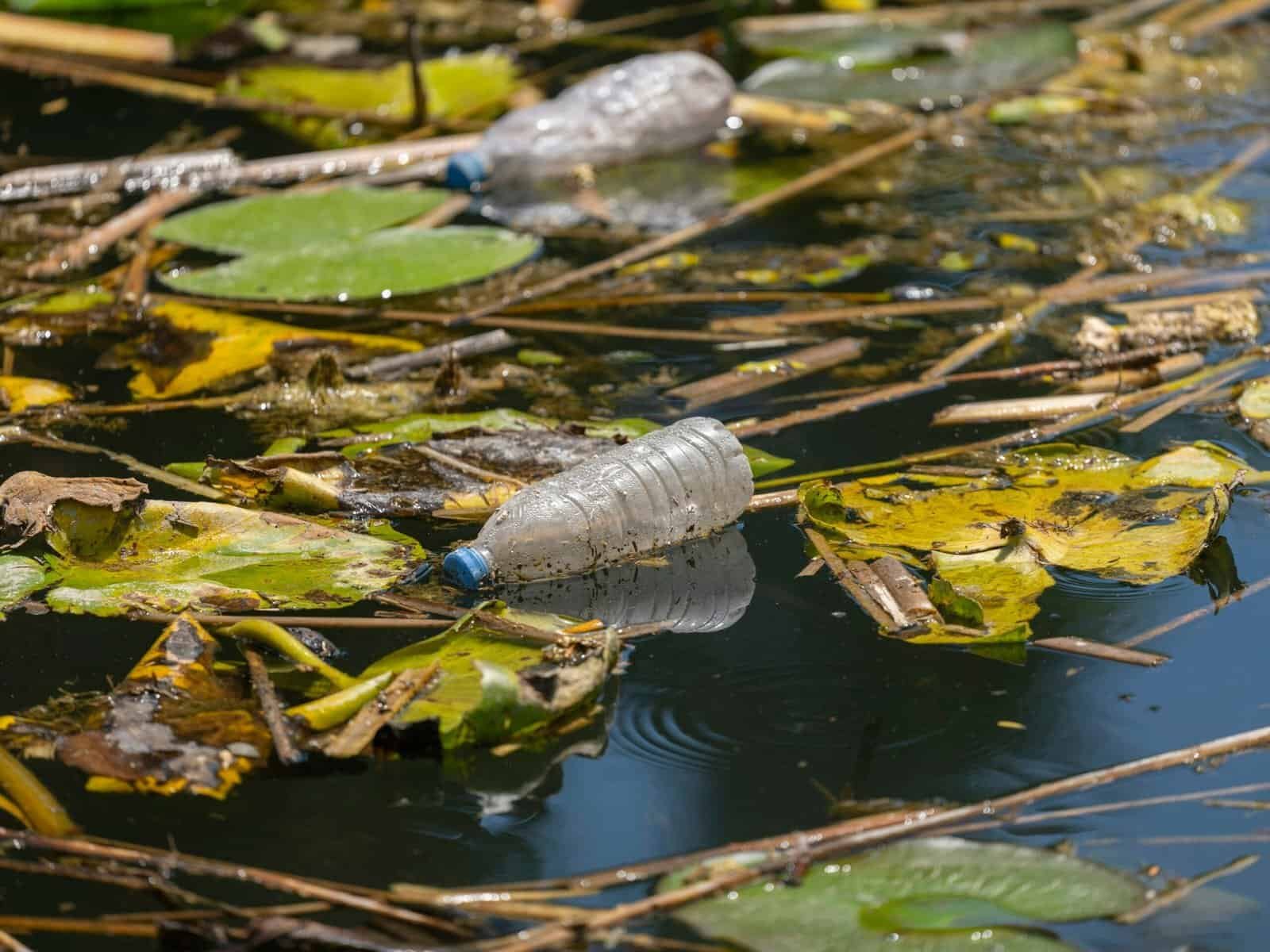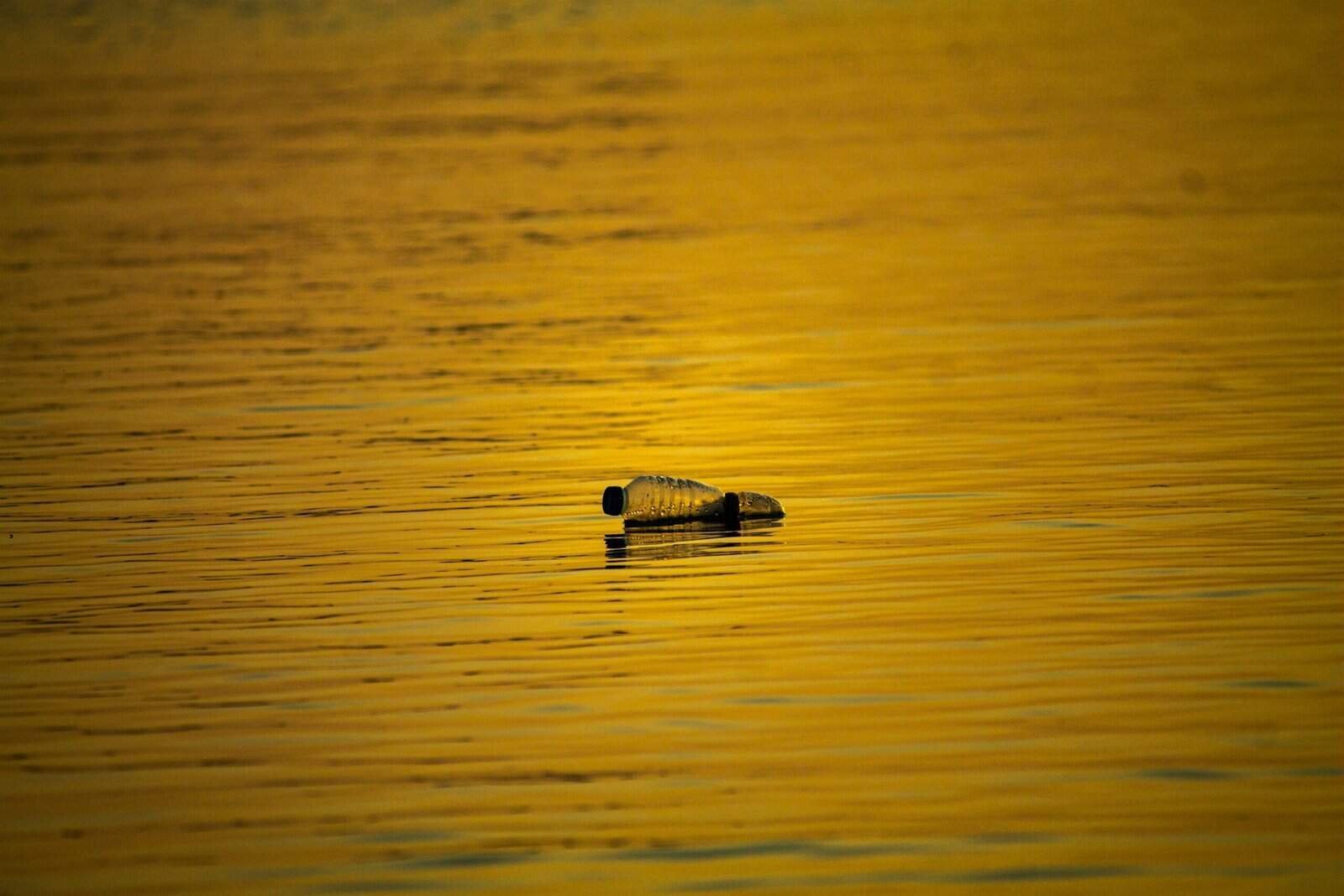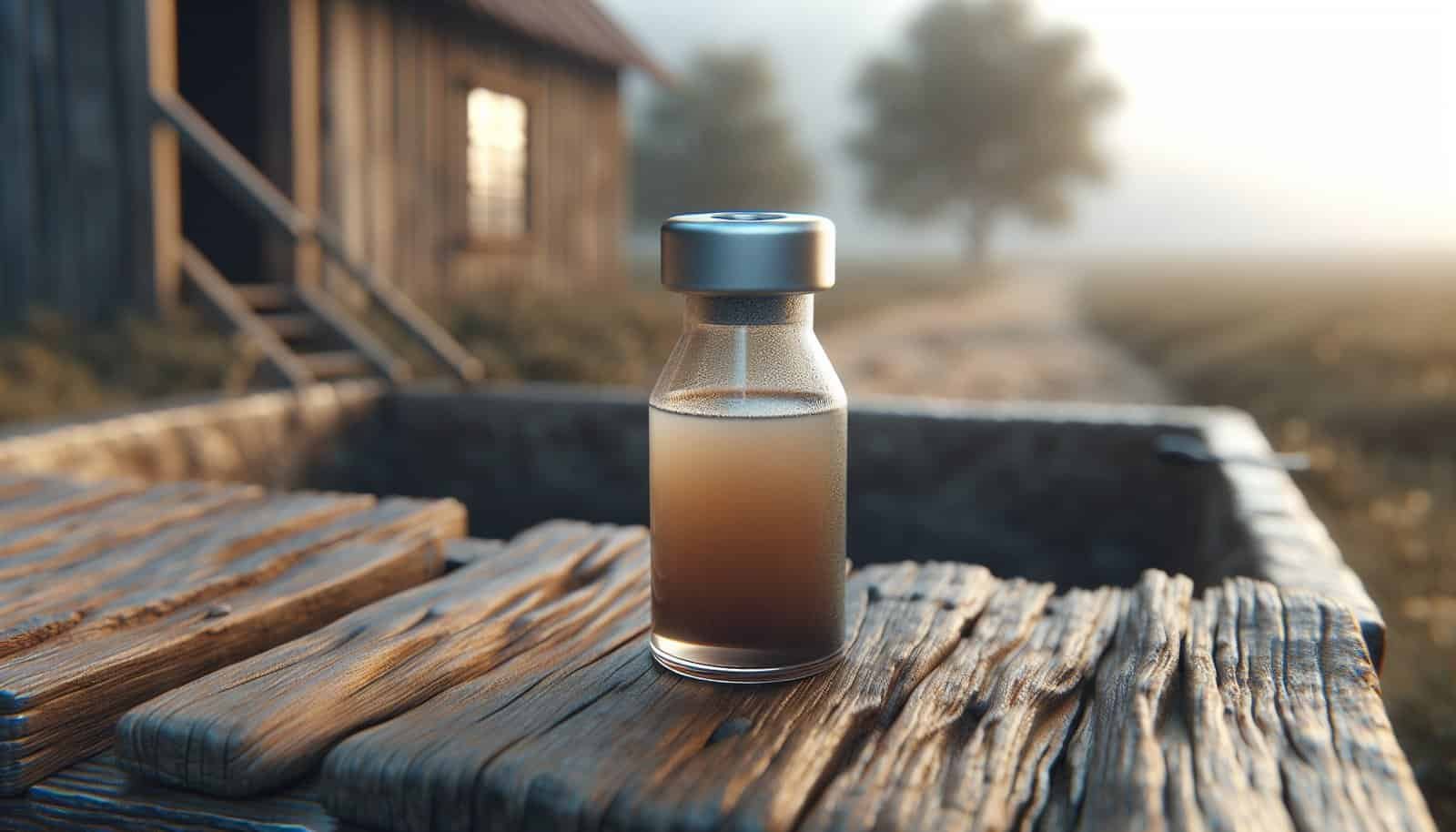What should you do first if you suspect your well water is contaminated?
What Emergency Steps Should I Take If My Well Is Contaminated?
If you suspect your well is contaminated, act quickly and calmly to protect your health and your household. The steps below guide you through immediate actions, testing, temporary water use, disinfection, professional help, and long-term prevention so you can restore safe water as soon as possible.
Immediate safety actions: stop using the water for consumption and hygiene
The single most important step is to stop using the well water for drinking, cooking, brushing teeth, and bathing until you know it is safe. This reduces immediate exposure to pathogens, chemicals, or other contaminants that might be present.
If you must use water for washing hands or surfaces, use boiled or bottled water instead of untreated well water. Be cautious about using water for food preparation, making ice, or for infants and people with weakened immune systems.
Do not use water for food preparation, ice, or infant formula
Contaminated water can easily enter food and ice, increasing the chance of infection or chemical exposure. Use bottled water or water you know is safe to prepare food, make ice, or mix infant formula.
If bottled water is not available, you can boil water for at least one minute (longer at higher elevations) to kill biological contaminants. Chemical contamination cannot be removed by boiling, so if you suspect chemicals, use an alternative water source.
Turn off automatic well equipment if instructed
If contaminated water is feeding through a pressure tank, softener, or other treatment equipment, shutting off automatic equipment can prevent spreading contamination through household plumbing. However, do not shut down equipment that is necessary to prevent freezing or other hazards unless you understand the consequences.
If you’re unsure whether to turn off pumps or treatment systems, contact a licensed well contractor or your local health department for advice. They can tell you whether temporary shutdown or isolation of equipment is appropriate.
Assess obvious contamination sources around the well
Look for signs that might explain contamination: recent flooding, nearby septic system failure, spills of fuel or chemicals, agricultural runoff, or cracked well casing or cap. Make careful notes and, if safe, take photos to document the problem.
Checking the wellhead, casing, and surrounding area can provide clues and help a professional diagnose the cause. Avoid entering floodwater or contaminated areas without proper protective gear.
Identify recent events that could cause contamination
Think about recent work, weather, or changes: heavy rain or floods, nearby construction, pesticide or fertilizer application, septic system backup, or vandalism. These events often precede sudden contamination and help determine what tests to order.
Providing this history to the testing laboratory or health department will speed diagnosis and guide appropriate treatment or remediation.

Notify household members and restrict water use
Tell everyone in the household about the contamination and what they can and cannot do with the water. Label faucets with warnings or tape shut taps used for drinking to avoid accidental use.
If you have guests, caregivers, or tenants, make sure they understand the restrictions and know where to find safe water.
Call local health authorities and your water/well professional
Contact your local health department, county environmental health, or state well program as soon as possible. They can advise on immediate safety, recommended tests, and emergency resources such as bottled water distribution or guidance on disinfection.
Also call a licensed well contractor or certified pump technician to inspect the well hardware and advise on mechanical causes of contamination. If chemical contamination is suspected, a professional environmental consultant may be needed.
Immediate alternative water sources: bottled, hauled, or neighbor’s supply
While your well is unsafe, use bottled water for drinking, cooking, and oral hygiene. If bottled water is not feasible for extended use, arrange for hauled water from a reliable supplier or access water from a neighbor whose water source you know is safe.
When using water from outside sources, confirm the provider’s water quality and use only potable water for all consumption and food preparation.
Boiling water for biological contamination: when it helps and when it doesn’t
Boiling is effective at killing bacteria, viruses, and parasites. Bring water to a rolling boil for at least one minute; at elevations above 6,562 feet (2,000 meters), boil for three minutes. Let boiled water cool, store in clean containers, and use within 24 hours for drinking.
Boiling does not remove chemicals, heavy metals, or salts. If the contamination is chemical (fuel, pesticides, industrial solvents, metals), boiling will not make the water safe. Use bottled or treated water instead.
How to collect water samples for testing
Use sterile, lab-supplied sample bottles and follow the sampling instructions exactly. Rinse your hands, avoid touching the inside of the cap or bottle, and collect water directly from the tap or well sampling faucet after allowing the water to run as instructed by the lab.
Label the sample with the date, time, and well ID if applicable, and get the sample to the laboratory within the recommended holding time. Improper sampling can invalidate results and delay correct response.

Which tests to order first: bacteria, nitrate, and basic chemistry
The first tests you should request are for total coliform and E. coli bacteria, which indicate fecal contamination and immediate health risk. Also test for nitrates, especially if infants or pregnant people are in the household, since elevated nitrates can cause serious harm.
Basic chemistry tests (pH, conductivity), and tests for chlorine or obvious fuel contaminants help understand the general water quality. If your local health department suspects specific chemicals, they’ll advise on additional tests.
Additional tests based on suspected source: fuel, pesticides, metals
If you see fuel, smell solvents, or know of nearby spills, request volatile organic compound (VOC) testing and petroleum-related tests. If you use nearby agricultural land, ask about pesticides and herbicides. Test for arsenic, lead, or manganese if local geology or plumbing suggests risk.
A professional environmental consultant or your health department can recommend a tailored panel based on likely contaminants and local history.
Interpreting initial results and next steps
If bacterial tests are positive, immediate disinfection and retesting are typically required before declaring the well safe. If chemicals are detected, you’ll need a tailored mitigation plan that may involve new treatment systems or even finding a new water source.
Keep clear records of all test results, dates, and communications; these will be important for follow-up, professional assessment, and any financial assistance applications.
Short-term disinfection: shock chlorination (when it’s appropriate)
Shock chlorination can be an effective temporary measure to disinfect a well contaminated with bacteria. It involves adding a high dose of bleach to the well and plumbing, allowing contact time, and flushing until chlorine residuals are gone.
Shock chlorination does not fix structural problems (cracked casing, groundwater intrusion) and is not effective for chemical contaminants. If bacteria recur despite proper chlorination, the well likely has a physical vulnerability that needs repair.
Step-by-step shock chlorination procedure
Follow a precise procedure or hire a professional for safety and effectiveness. In general:
- Calculate the total volume of water in the well and connected plumbing to determine bleach volume.
- Use unscented household bleach (5–6% sodium hypochlorite) as the chlorine source.
- Mix the calculated bleach with water and add to the well.
- Circulate chlorinated water through all faucets, appliances, and outlets until a strong chlorine smell is present.
- Let the system sit (commonly 6–24 hours) with the chlorinated water in the plumbing.
- Flush until chlorine is undetectable.
- Retest for bacteria after at least 7–10 days, and again in 2–4 weeks to confirm safety.
If you’re uncomfortable doing this or the well equipment is complex, hire a licensed well contractor.

Chlorine dosage reference table for shock chlorination
Use this as a starting guide; always calculate your well volume accurately and verify bleach concentration. The table shows approximate household bleach amounts (5.25%–6% sodium hypochlorite) for typical well volumes.
| Estimated water volume in well and plumbing (gallons) | Approximate bleach needed (5.25%–6%) |
|---|---|
| 100 gallons | 1 cup (8 fl oz / ~240 mL) |
| 250 gallons | 2–2.5 cups (~16–20 fl oz / ~480–600 mL) |
| 500 gallons | 1 quart (32 fl oz / ~960 mL) |
| 1,000 gallons | 2 quarts (64 fl oz / ~1.9 L) |
| 2,000 gallons | 1 gallon (128 fl oz / ~3.8 L) |
These figures are approximate. For a 50–100 ppm chlorine residual in the well, calculate exact well and plumbing volume and use spreadsheets or calculators from trusted sources or consult a professional. Over-chlorination can damage equipment and plumbing; handle bleach carefully and follow safety directions.
Boiling time reference table by elevation
When boiling is used to kill biological contaminants, increase boiling time at high elevations to compensate for lower boiling point.
| Elevation above sea level | Boiling time required |
|---|---|
| Below 6,562 feet (2,000 m) | 1 minute |
| Above 6,562 feet (2,000 m) | 3 minutes |
Always let boiled water cool in a clean container before use and store safely to avoid recontamination.
When bottled water is the only safe option
If chemical contamination is suspected or confirmed, bottled water is the safest short-term solution for drinking, cooking, and making infant formula. Chemical contaminants can be persistent and are often not removable by simple household treatment.
If bottled water will be needed for an extended period, investigate reliable hauling services or bulk bottled water options and verify their water quality.
Handling food, ice, and appliances after contamination
Discard any ice, beverages, or food items prepared with contaminated water, especially perishable foods that were washed or cooked in questionable water. Thoroughly clean and sanitize refrigerators, ice makers, and food storage areas with safe water or a disinfectant recommended for food contact surfaces.
Run appliances that use water (dishwashers, washing machines) on an empty cycle using safe water and, if applicable, sanitize per manufacturer guidance before using them for food contact again.
Health precautions and symptoms to watch for
Watch for gastrointestinal symptoms such as diarrhea, vomiting, stomach cramps, fever, or more severe signs like dehydration and bloody stools. Children, the elderly, and people with weakened immune systems are at greater risk for serious illness from contaminated water.
If anyone shows severe or persistent symptoms, contact your healthcare provider and inform them that you may have been exposed to contaminated well water. In many regions, public health departments can offer guidance and testing for waterborne illnesses.

When to seek medical care and testing
Seek medical care if symptoms are severe (prolonged vomiting, high fever, bloody diarrhea, signs of dehydration) or if vulnerable household members show signs of illness. Mention recent water contamination to your clinician, who may order stool testing or other diagnostics.
Your health department may offer free or low-cost assistance and can help connect you with clinicians experienced with waterborne exposures.
Repair and remediation: structural fixes and source control
Long-term safety often requires fixing the cause of contamination: replace cracked casings, repair poorly sealed well caps, extend casing depth, or correct drainage and septic issues. Eliminating the pathway for contamination is essential to avoid repeated problems.
If contamination is from a nearby source you control (septic system, fuel tanks), remediate or relocate those sources and maintain proper setback distances. For chemical contamination from outside sources, you may need professional hydrogeologic assessment and potentially permanent treatment systems.
Treatment technologies for various contaminants
Different contaminants require different treatments. Biological contamination can be addressed with disinfection and system repairs; chemical contamination often needs filtration, adsorption, or advanced treatments. Choose technology based on lab-confirmed contaminants.
Below is a quick comparison of common contaminants and typical treatment options.
| Contaminant type | Common treatment options | Notes |
|---|---|---|
| Bacteria / viruses / protozoa | Shock chlorination, continuous chlorination, UV disinfection | UV is effective for microbes if water is clear and system maintained |
| Nitrates | Blending, ion exchange, reverse osmosis | Infants especially vulnerable — test and address promptly |
| Arsenic | Reverse osmosis, iron-based filtration, adsorption (media) | Requires professional design and maintenance |
| VOCs (fuel solvents) | Air stripping, granular activated carbon (GAC), RO | Some VOCs need complex treatment; source removal important |
| Lead | Point-of-use (POU) filters certified for lead, replace plumbing | Identify corrosion sources; service regularly |
| Iron, manganese | Oxidation filtration, greensand, aeration | Aesthetic issues plus staining; treatment improves water quality |
| Salts / high TDS | Reverse osmosis, ion exchange | RO is effective but produces waste brine and requires maintenance |
Always confirm that any system is sized, installed, and maintained by professionals, and verify that treatment media and devices are certified for the target contaminants.
Working with certified professionals and labs
Hire licensed well contractors, certified laboratories, and water treatment professionals with experience in private wells. Ask for credentials, references, and evidence of training or certification in well construction, disinfection, or remediation.
Use state or local resources to find qualified professionals, and request written estimates and scopes of work before proceeding. Confirm that labs are accredited and provide clear reporting and interpretation.
Finding help: who to contact
Start with your local or county health department for immediate guidance and testing recommendations. Contact state programs that oversee well construction and safety for lists of certified contractors and resources.
Also consider contacting:
- Certified water testing laboratories (accredited by state or national bodies).
- Licensed well drillers and pump installers.
- Environmental consultants for complex chemical contamination.
- Local extension services or university programs for rural well owners.
Monitoring after remediation: retesting schedule
After treating or repairing the well, retest to confirm water safety. For bacterial problems, retest 7–10 days after disinfection and again in 4 weeks. If the results are clear, test quarterly for a year to confirm stability, then follow a regular annual schedule.
For chemical contaminants, follow the remediator’s recommendations; some require more frequent monitoring or continuous treatment system checks.
Regular testing and maintenance checklist
A consistent maintenance schedule reduces the risk of future contamination and helps spot issues early. Perform basic checks regularly and testing at prescribed frequencies.
| Task | Frequency | Purpose |
|---|---|---|
| Bacterial testing (total coliform/E. coli) | Annually, and after contamination events | Detect fecal contamination early |
| Nitrate testing | Annually (or if pregnant/infant present) | Protect infants and pregnant people |
| Basic chemistry/pH/conductivity | Annually | Monitor general water quality and system performance |
| Visual wellhead inspection | Every 6 months | Check cap, seal, and drainage |
| Well pump and equipment inspection | Annually | Detect mechanical issues that can lead to contamination |
| Water treatment system service | As manufacturer recommends (usually 3–12 months) | Maintain effectiveness |
Keeping a logbook of tests, service visits, and repairs is invaluable.
Preventive measures to reduce future risk
Protect your well by maintaining distance between the well and potential contamination sources (septic tanks, fuel tanks, livestock yards). Grade the land so surface water drains away from the wellhead, and install a secure, sanitary well cap.
Cap any unused wells on the property, seal cracks in the casing, and keep hazardous chemicals stored well away from the well. Routine maintenance and inspections reduce emergency situations.
Legal, financial, and community resources
Investigate grants, loans, or cost-share programs for well repairs and replacement from state agencies, USDA Rural Development, or local nonprofits. Some health departments or community organizations may offer emergency bottled water or cleanup assistance in declared disasters.
Keep documentation of contamination events, tests, and repairs for insurance claims and to demonstrate the need for financial aid if you apply for assistance programs.
Documentation: why records matter
Document everything: symptoms in household members, test orders and results, communications with authorities, photos of damage, and invoices for repairs. Clear documentation supports public health investigations, insurance claims, and potential financial assistance.
A well-maintained record also helps new owners understand past issues if you sell your property.
Sample emergency action plan (immediate timeline)
This quick timeline helps you prioritize tasks during the first hours and days after detection.
0–4 hours:
- Stop using water for drinking, cooking, and hygiene.
- Alert household members and post warnings.
- Use bottled or boiled water for essential needs.
4–24 hours:
- Contact local health department and arrange for bacteria and nitrate testing.
- Call a licensed well contractor for immediate inspection.
- Secure alternative water supply (bottled, hauled, neighbor) if necessary.
24–72 hours:
- If bacterial contamination is confirmed, arrange shock chlorination or professional disinfection.
- If chemicals are suspected, stop using water completely for consumption and contact environmental professionals.
- Begin documentation and collect photos.
3–14 days:
- Retest after disinfection or corrective actions.
- Repair or replace any damaged well components.
- Evaluate and install necessary treatment systems if chemical contaminants are identified.
Beyond 14 days:
- Continue monitoring, follow annual testing schedule, and implement long-term prevention measures.
Quick emergency checklist table
Use this as a rapid reference when time is limited.
| Priority | Action | Timeframe |
|---|---|---|
| 1 | Stop using well water for consumption | Immediately |
| 2 | Notify household and restrict use | Immediately |
| 3 | Contact local health department | Within a few hours |
| 4 | Arrange alternative water supply | Within a few hours |
| 5 | Sample water and order tests | Within 24 hours |
| 6 | Contact licensed well professional | Within 24 hours |
| 7 | Disinfect (if bacterial) or seek remediation (if chemical) | 24–72 hours |
| 8 | Retest and document | 7–14 days after action |
Practical tips for minimizing exposure while waiting for help
Store safe water in clean, sealed containers and label them clearly for drinking. Use disposable tableware temporarily to reduce dishwashing needs with contaminated water. Wash hands with hand sanitizer if you must avoid using the questionable water for handwashing.
Keep pets away from the contaminated source and provide them with safe water too. Pets can also show signs of illness from contaminated water, so monitor them closely.
Common pitfalls to avoid
Do not assume contamination is gone after one disinfecting flush; retest to confirm. Don’t rely on household filters that aren’t certified for the specific contaminant you have; many point-of-entry devices only address taste or odor. Avoid using well water for babies or pregnant people until safety is confirmed.
Never attempt deep repairs without a qualified well contractor, and avoid using bleach concentrations or chemicals beyond recommended amounts.
Final thoughts: acting quickly protects health and property
Acting promptly reduces health risks and often limits the extent of remediation needed. Use local public health resources and qualified professionals to ensure corrective actions are appropriate and effective.
Keeping your well properly maintained, testing it regularly, and having an emergency action plan in place will help you respond confidently if contamination occurs again. If you have specific details about your situation—recent flooding, smells, visible fuel, or symptoms in household members—share them with the lab and health department so they can recommend the most appropriate tests and actions.
